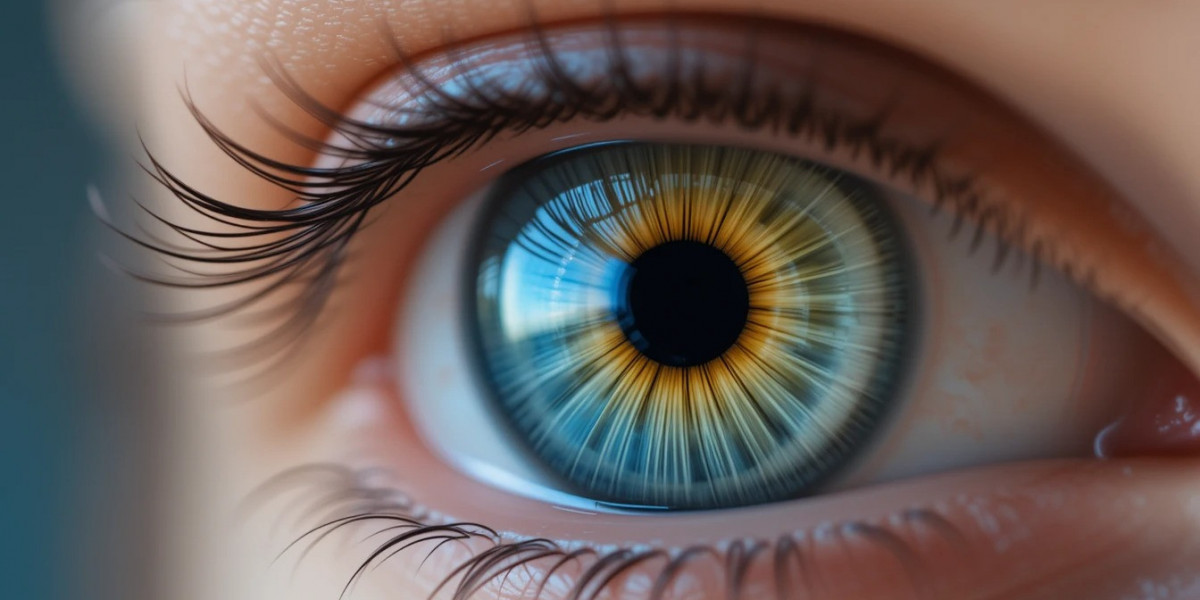Eyes are not only the windows to the soul but also crucial organs for everyday life. Millions suffer silently from preventable or treatable eye diseases due to lack of awareness. This article explores 10 common eye diseases and their cures, offering a blend of prevention tips, treatments, and lifestyle changes to protect your precious vision. Whether you’re facing eye discomfort or simply aiming to boost eye health, this guide will help you recognize symptoms early and seek proper care.
1. Cataracts – Cloudy Vision That Needs Clarity
Cataracts cause clouding of the eye lens, leading to blurry vision, faded colors, and trouble seeing at night. This is one of the leading causes of vision loss, especially in older adults. Cataracts can develop slowly, making it hard to detect until the vision becomes significantly impaired. Risk factors include aging, diabetes, smoking, and prolonged sun exposure. Wearing sunglasses and managing chronic conditions can slow progression. Surgery is the most effective treatment, where the cloudy lens is replaced with a clear artificial one. Cataract surgery is common, safe, and significantly improves quality of life.
2. Glaucoma – The Silent Thief of Sight
Glaucoma is a group of eye conditions that damage the optic nerve, usually due to high eye pressure. It is often asymptomatic until advanced stages, making regular eye exams essential for early detection. If left untreated, glaucoma can lead to irreversible blindness. There are several types, including open-angle, angle-closure, and normal-tension glaucoma. Treatment options include prescription eye drops, oral medications, laser therapy, and surgery. Early intervention can slow or prevent further vision loss. Managing blood pressure and avoiding smoking can help support eye health and reduce risk.
3. Macular Degeneration – Aging Eyes at Risk
Age-related macular degeneration (AMD) affects the central part of the retina, called the macula. This leads to a gradual loss of central vision, making tasks like reading and recognizing faces difficult. It’s most common in people over 60, and risk factors include smoking, high blood pressure, and genetics. There are two types: dry and wet AMD. While there's no cure for dry AMD, lifestyle changes and supplements may slow progression. Wet AMD can be treated with anti-VEGF injections, laser therapy, or photodynamic therapy. Regular eye exams and a healthy diet rich in antioxidants can be protective.
4. Diabetic Retinopathy – The Danger of High Blood Sugar
Diabetic retinopathy is a serious complication of diabetes that damages blood vessels in the retina. It can lead to vision loss if not detected early. Symptoms include blurry vision, floaters, dark areas, and vision loss. Managing diabetes effectively through diet, exercise, and medication is the primary way to prevent this condition. Treatment includes laser therapy, anti-VEGF injections, and vitrectomy surgery in advanced cases. Annual dilated eye exams are critical for early detection. With good blood sugar control and routine monitoring, many patients can prevent or minimize vision impairment.
5. Dry Eye Syndrome – More Than Just Irritation
Dry Eye Syndrome occurs when the eyes don’t produce enough tears or when the tears evaporate too quickly. Common symptoms include a burning sensation, gritty feeling, red eyes, and blurred vision. It can be caused by environmental factors, hormonal changes, aging, or screen overuse. Treatment options include artificial tears, prescription eye drops, warm compresses, and in some cases, punctal plugs to retain moisture. Taking regular screen breaks, staying hydrated, and using a humidifier can also ease symptoms. Left untreated, it can lead to eye inflammation and vision problems.
6. Conjunctivitis – The Notorious Pink Eye
Conjunctivitis, or pink eye, is an inflammation of the conjunctiva caused by bacteria, viruses, allergens, or irritants. It’s highly contagious when caused by an infection, and symptoms include redness, itchiness, discharge, and excessive tearing. Bacterial conjunctivitis can be treated with antibiotic eye drops, while viral conjunctivitis typically resolves on its own. Allergy-related conjunctivitis requires antihistamine drops and avoiding allergens. Practicing good hygiene, avoiding touching the eyes, and not sharing personal items can prevent its spread. Prompt treatment ensures quick recovery and minimizes complications.
7. Retinal Detachment – A Medical Emergency for Vision
Retinal detachment occurs when the retina separates from the back of the eye, often due to injury, aging, or severe nearsightedness. It’s a medical emergency that requires immediate attention. Symptoms include sudden flashes of light, floaters, and a shadow over the field of vision. If untreated, it can lead to permanent vision loss. Treatment involves surgery such as pneumatic retinopexy, scleral buckle, or vitrectomy depending on severity. Early diagnosis increases the chance of restoring vision. Protective eyewear and regular eye checkups can help in early identification and prevention.
8. Amblyopia – Lazy Eye in Children and Adults
Amblyopia, or lazy eye, is a condition where one eye doesn’t develop proper vision during childhood. It usually begins in infancy or early childhood and can result in poor depth perception. Causes include strabismus (misaligned eyes), unequal vision prescriptions, or cataracts. The key to successful treatment is early intervention. Options include wearing an eye patch over the stronger eye, corrective glasses, eye drops, or vision therapy. Adults may also benefit from newer treatments like neural stimulation and special visual exercises. With timely care, many children can regain full vision in the affected eye.
9. Uveitis – Inflammation That Threatens Sight
Uveitis is inflammation of the uvea, the middle layer of the eye. It can affect one or both eyes and causes redness, pain, blurred vision, and light sensitivity. Uveitis can be caused by infections, autoimmune diseases, or trauma. Prompt treatment is crucial to prevent complications like glaucoma, cataracts, or retinal detachment. Treatment often involves corticosteroid eye drops or oral medications, immunosuppressive drugs, and anti-inflammatory therapies. Identifying and managing the underlying cause is key to successful treatment. Regular monitoring by an eye specialist helps prevent recurrences.
10. Refractive Errors – Common But Correctable
Refractive errors are the most common eye issues and include nearsightedness (myopia), farsightedness (hyperopia), astigmatism, and presbyopia. They occur when the shape of the eye prevents light from focusing directly on the retina. Symptoms include blurred vision, headaches, eye strain, and difficulty seeing clearly. These conditions are easily corrected with eyeglasses, contact lenses, or refractive surgery such as LASIK. Annual eye exams help track changes in vision and adjust prescriptions accordingly. Preventive eye care and protective measures ensure long-term eye health and clarity of vision.
Conclusion: Prioritize Eye Care to Preserve Your Vision
Maintaining good vision involves more than just correcting blurry sight. Understanding common eye diseases and their cures empowers individuals to act early, manage symptoms, and seek effective treatment. Regular eye exams, a healthy diet, proper eye hygiene, and avoiding harmful habits like smoking can significantly reduce the risk of eye disease. Whether you’re young or old, caring for your eyes today ensures a lifetime of clear and healthy vision. Don't wait for symptoms—proactive care is your best defense against vision loss.









